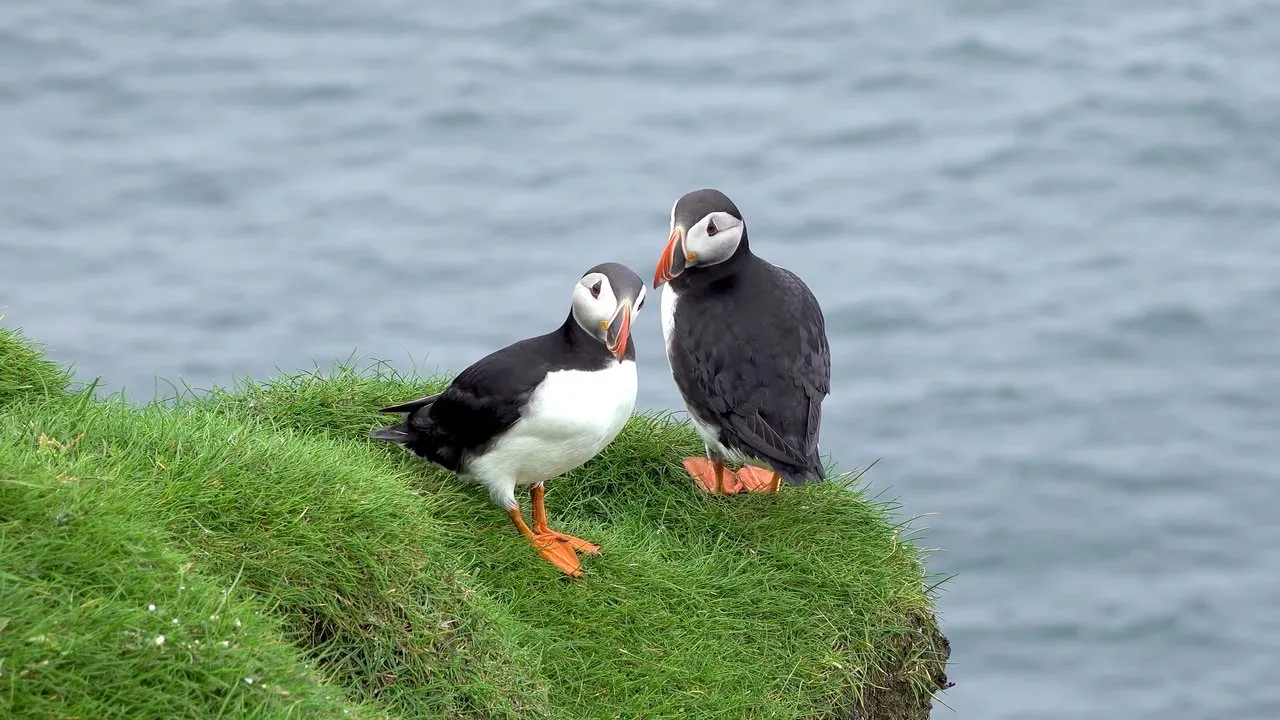
In Icelandic "lundi"
W języku islandzkim „lundi”
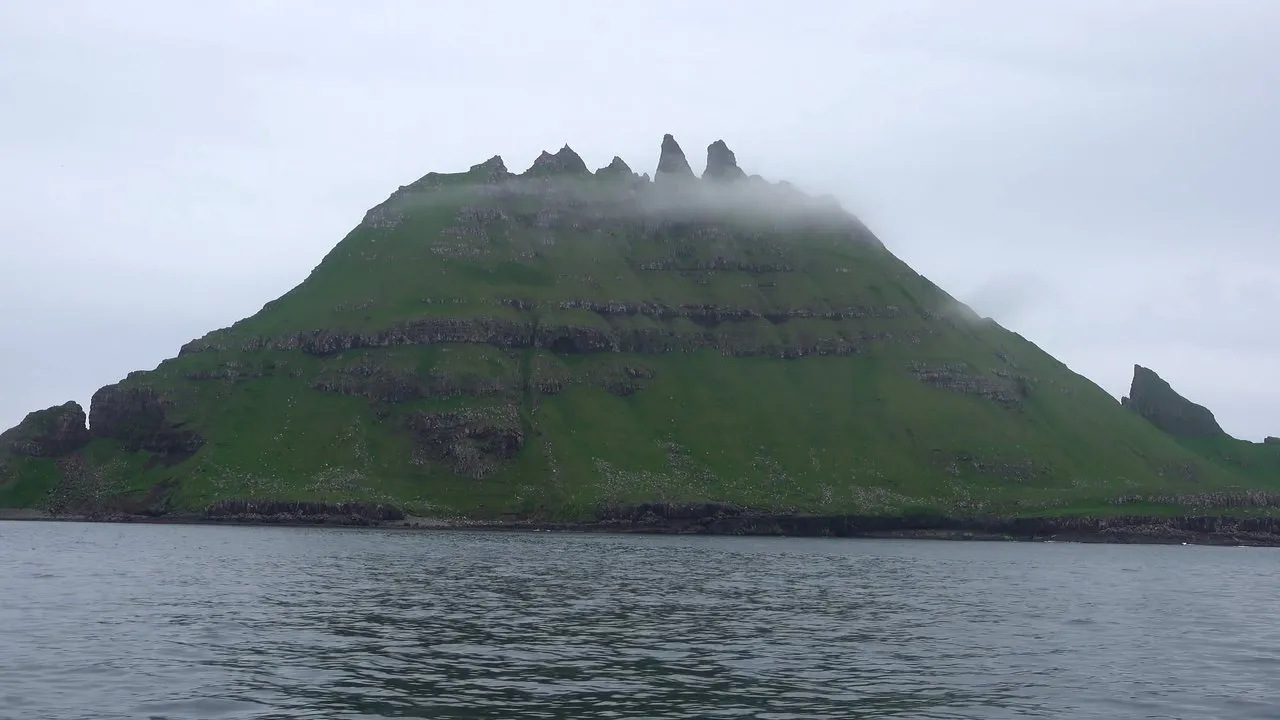
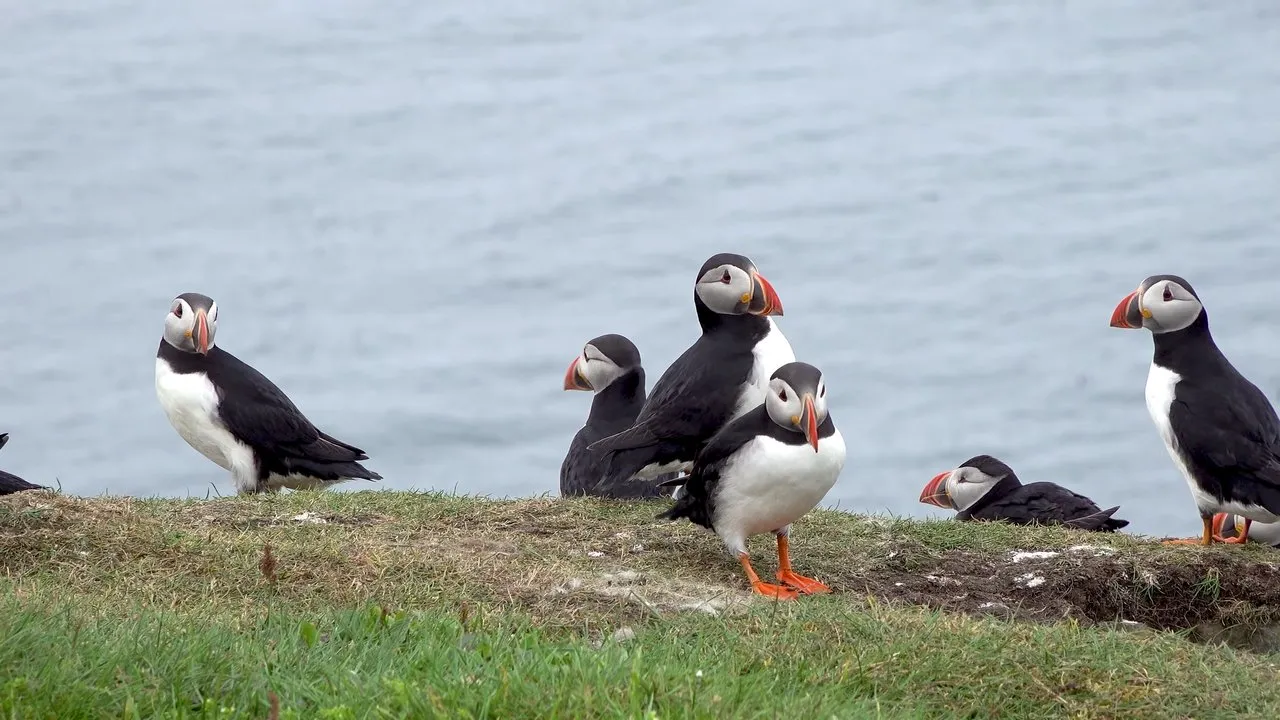
A beautiful and contrasting colored bird. The black color fights with the white and the rainbow-colored beak. The bird's beak changes its color during the season. Icelanders call these birds "Lundi"
Pięknie i kontrastowo ubarwiony ptak. Czarny kolor walczy z białym i ze zmiennym kolorystycznie tęczowym wręcz dziobem. Dziób ptaka zmienia swoją barwę w czasie sezonu. Islandczycy mówią na te ptaki "Lundi"
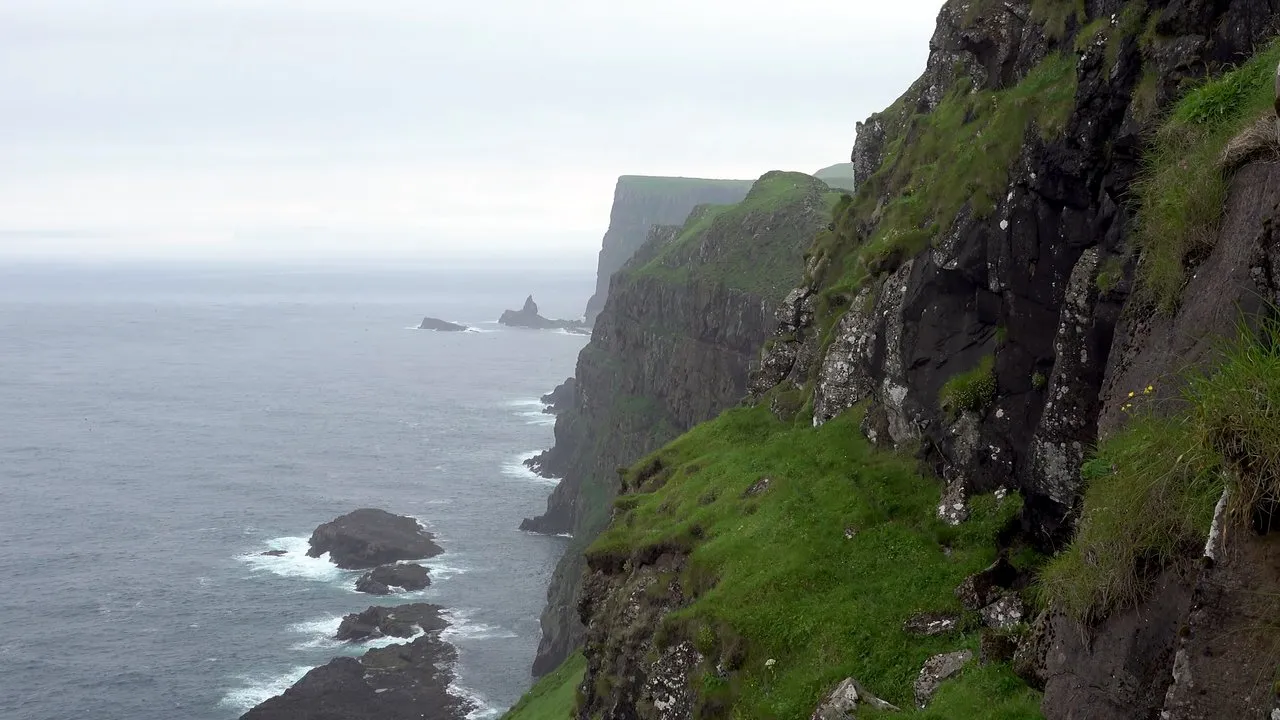
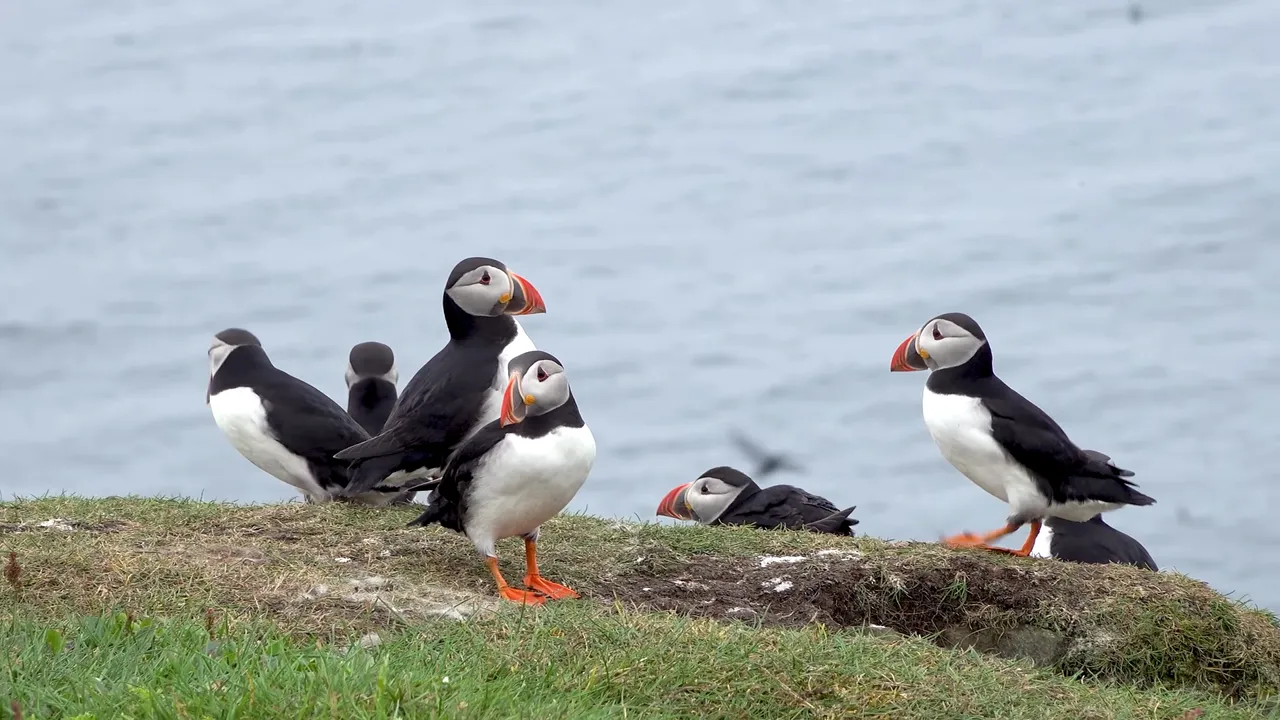
When the puffin is in the mating season, its beautiful beak turns red, blue, yellow, orange, in winter the colors fade, but they still contrast very much with the rest of the body.
Gdy Maskonur jest w okresie godowym, jego przepiękny dziób przybiera barwy czerwone, niebieskie, żółte, pomarańczowe, w okresie zimowym kolory blakną, ale i tak bardzo kontrastują z resztą ciała.
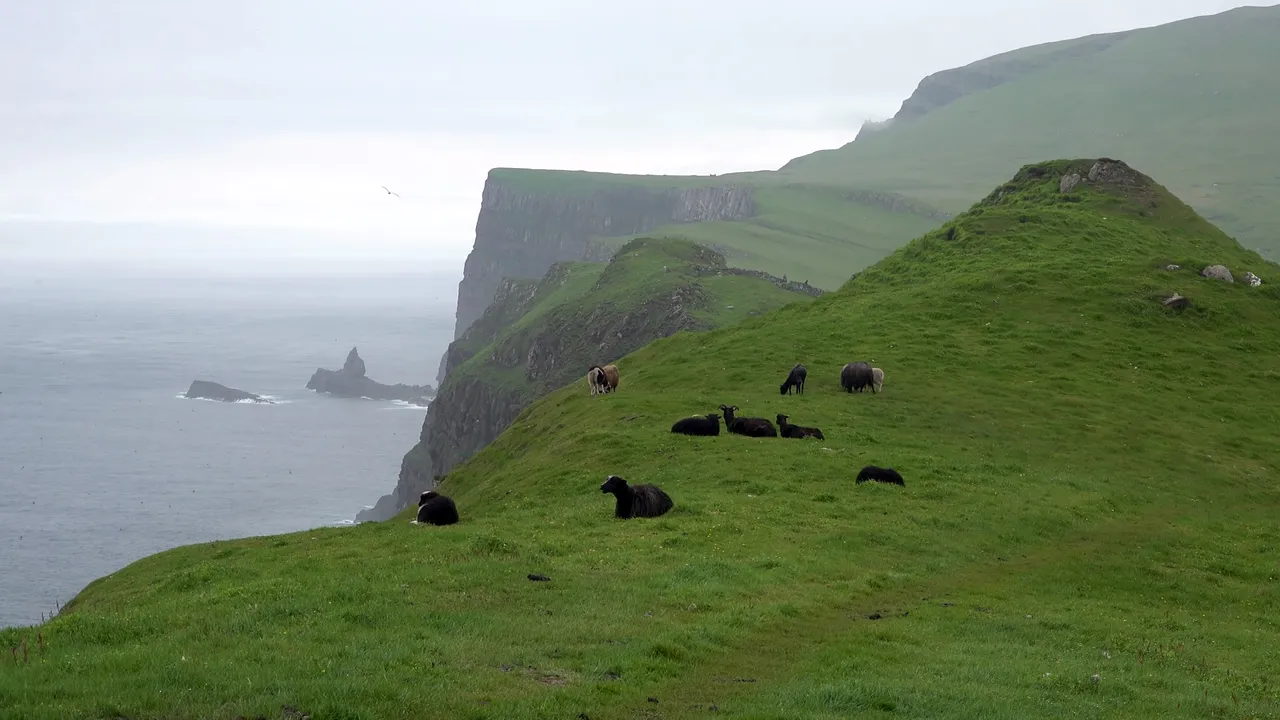
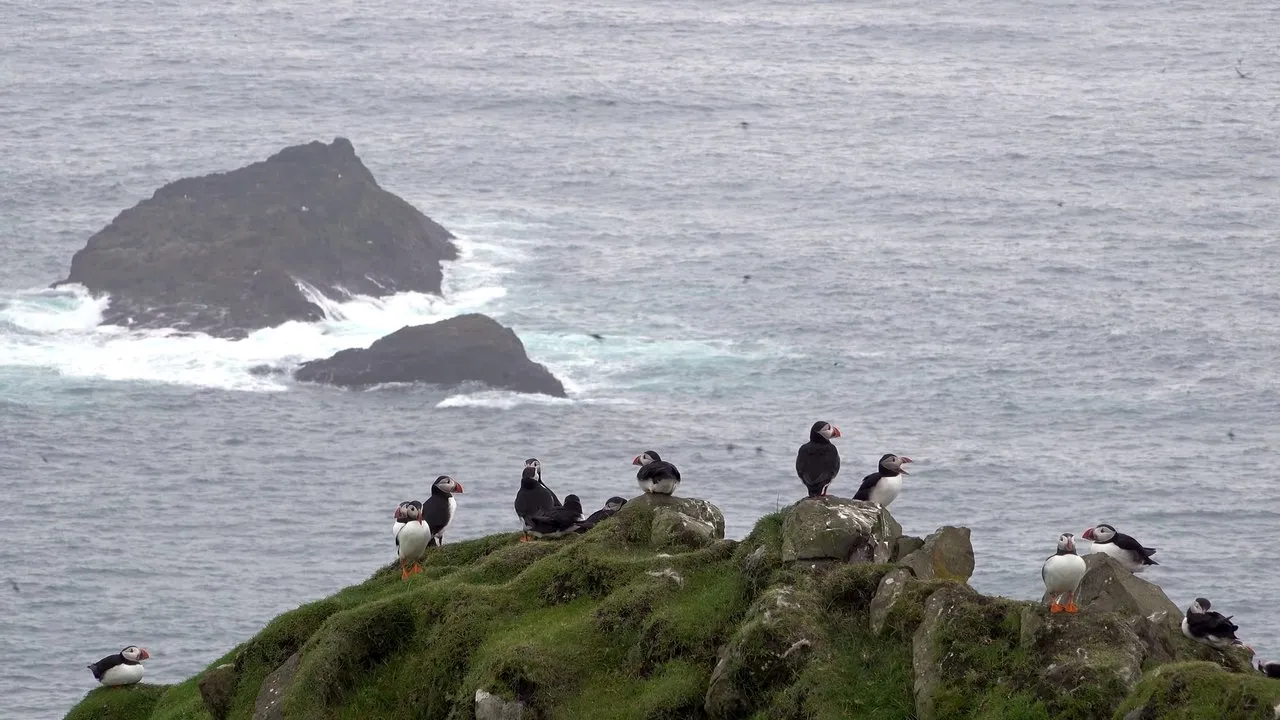
Puffin (Alka) can reach up to 34 cm in body length. His silhouette is quite stocky, with a short neck, a bit like a penguin. The bird lives most often on the steep slopes of the Atlantic islands. It nests in colonies, in recesses on the steep slopes of the sea coasts.
Maskonur (Alka), może osiągnąć do 34 cm długości ciała. Jego sylwetka jest dość krępa, z krótką szyją, przypomina trochę pingwina. Ptak zamieszkuje najczęściej strome zbocza atlantyckich wysp. Gniazduje w koloniach, we wnękach na stromych stokach wybrzeży morskich.
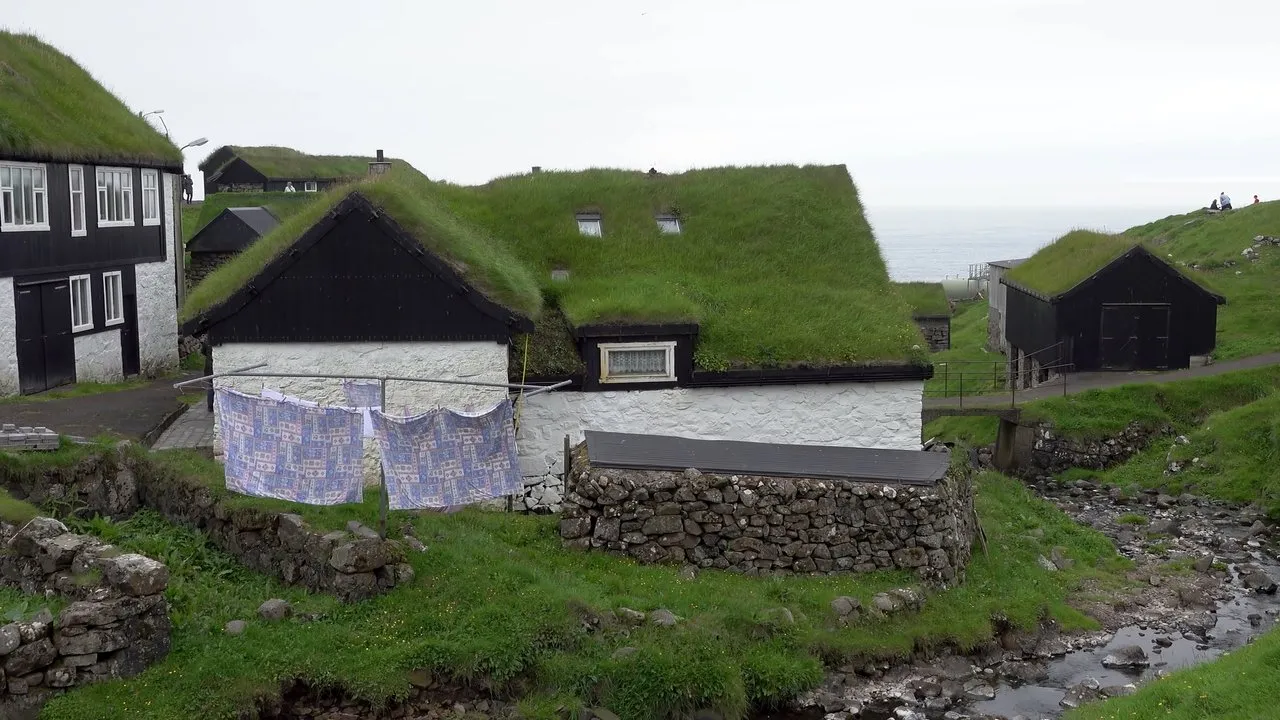
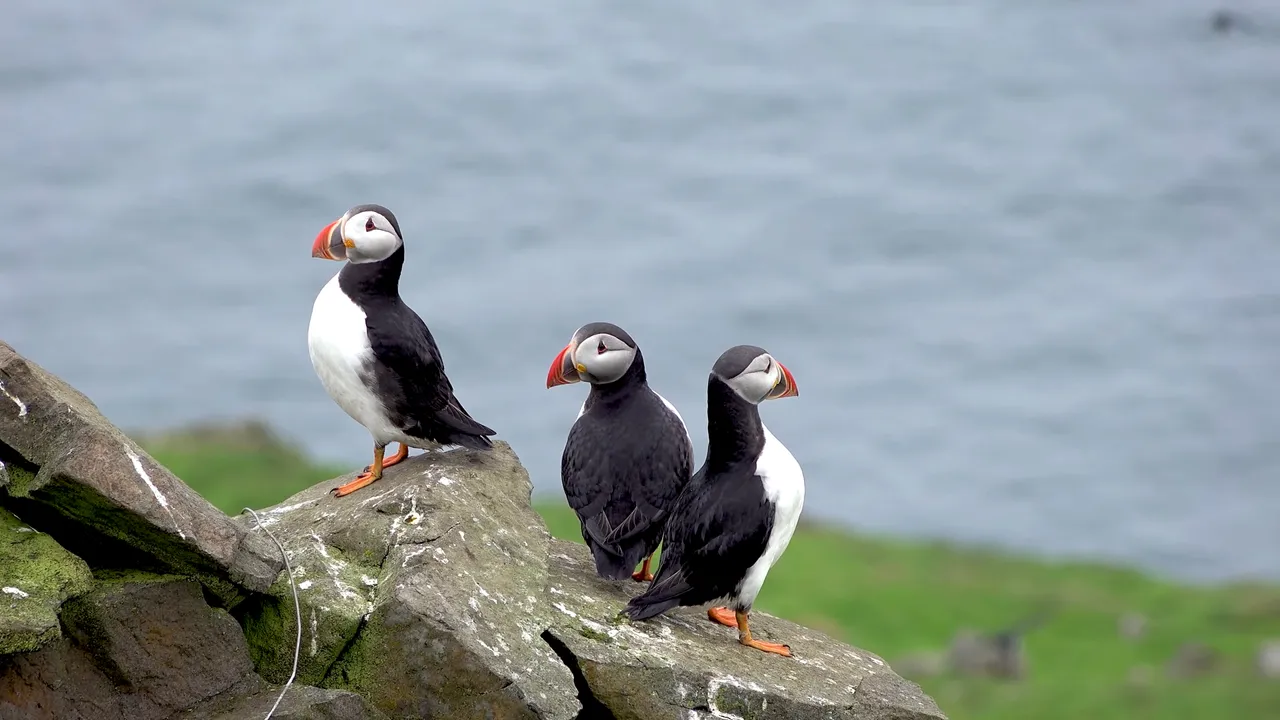
Puffins spend late fall and winter at sea, and in spring they return to land, where they breed. Iceland is home to nearly half of the world's puffin population.
Późną jesień oraz zimę maskonury spędzają na morzu, a wiosną wracają na ląd, gdzie się rozmnażają. Islandia jest domem prawie połowy populacji maskonurów na świecie.
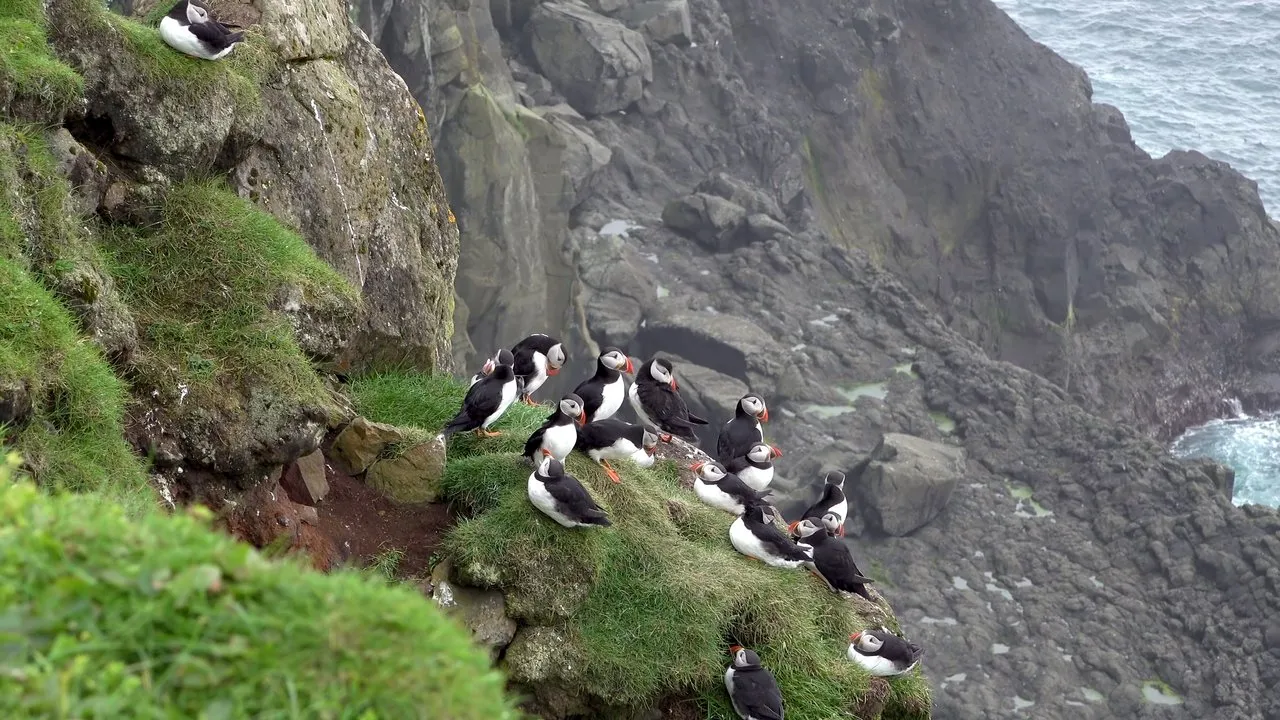
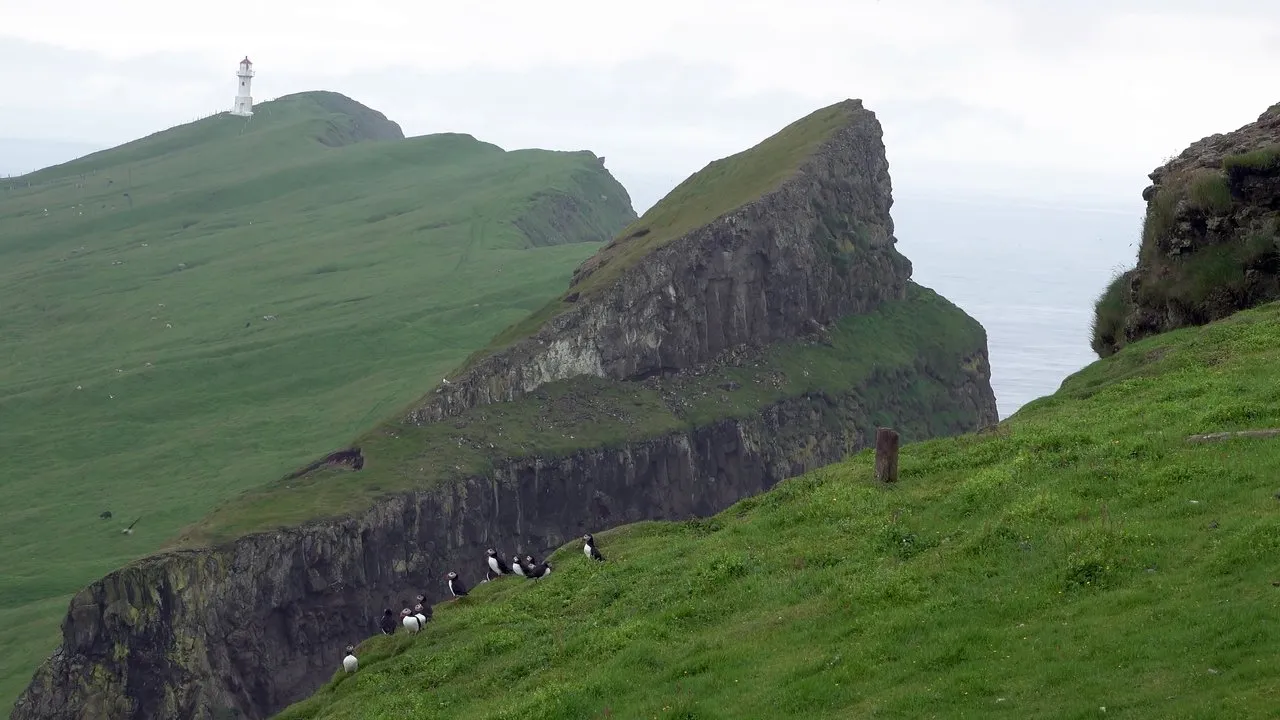
These jets come from the Mykines Islands, which territorially belong to the Faroe Islands. They can be found mainly on the shores of the Northern Hemisphere, incl. in the United States, in Greenland, in Scandinavia. They are also observed in the British Isles. But you can also meet him. in Iceland, Greenland, Denmark
Te gagatki pochodzą z wyspy Mykines, które terytorialnie należą do Wysp Owczych. Można je spotkać głownie na wybrzeżach półkuli północnej, m.in. w Stanach Zjednoczonych, na Grenlandii, w Skandynawii. Obserwuje się je także na Wyspach Brytyjskich. Ale można go również spotkać. w Islandii, Grenlandii, Danii.

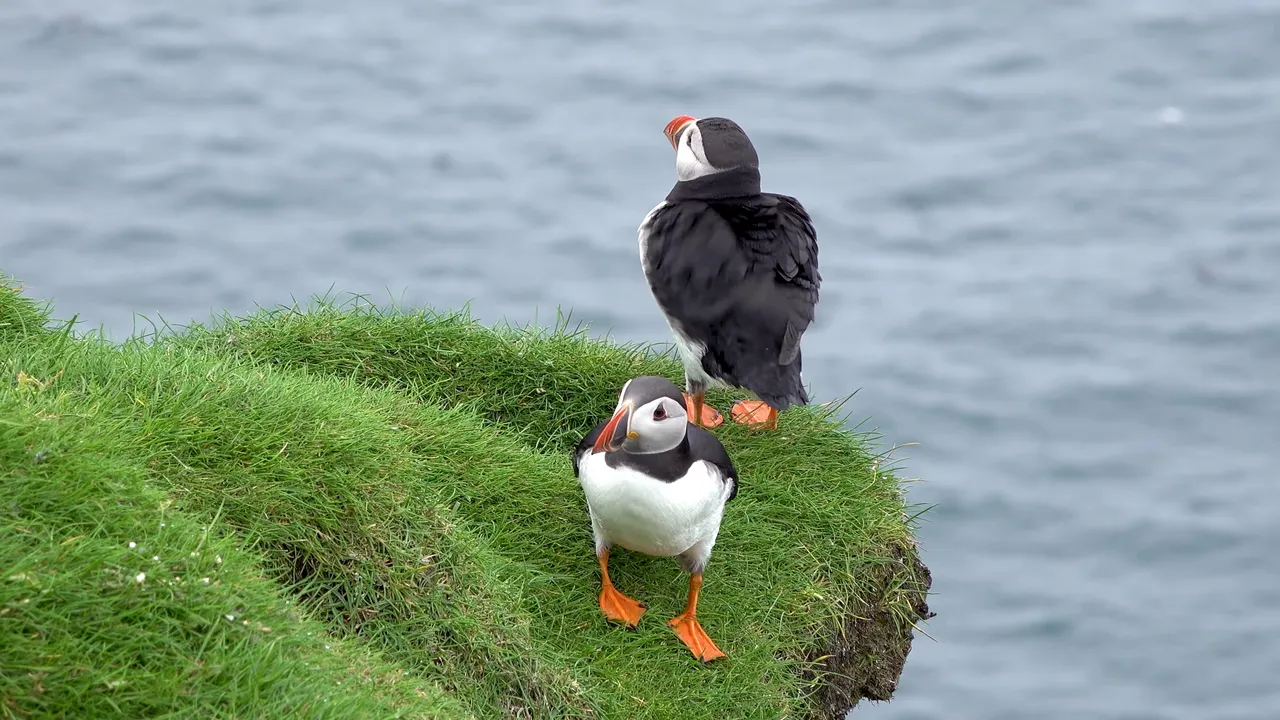
Only one egg
Tylko jedno jajo
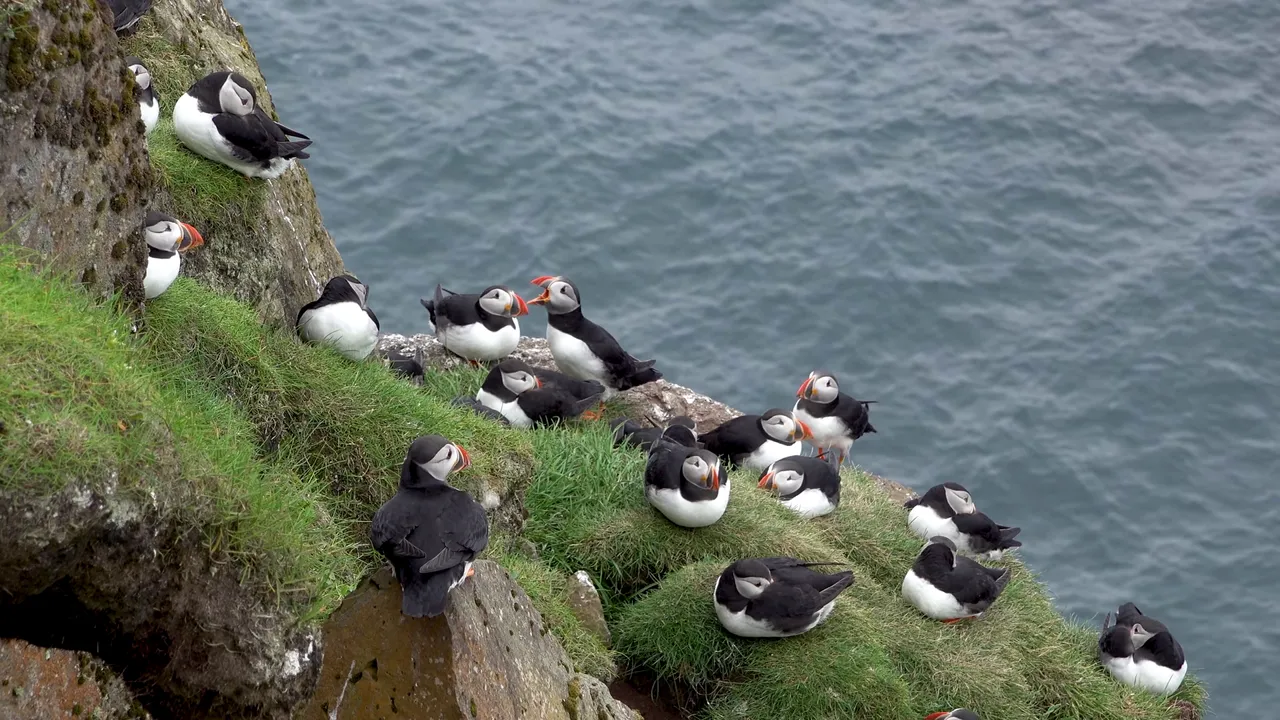
Each spring, the female lays only one white, slightly spotted egg. They are incubated for quite a long time, up to 49 days. Young chicks are cared for by their parents for quite a long time, even 40 days. After this period, they are left to themselves.
Każdej wiosny samica składa tylko jedno białe, słabo nakrapiane jajo. Wysiaduje je dość długo bo do 49 dni. Młode pisklaki są dość długo pod opieką rodziców, bo nawet 40 dni. Po tym okresie pozostawione są same sobie.

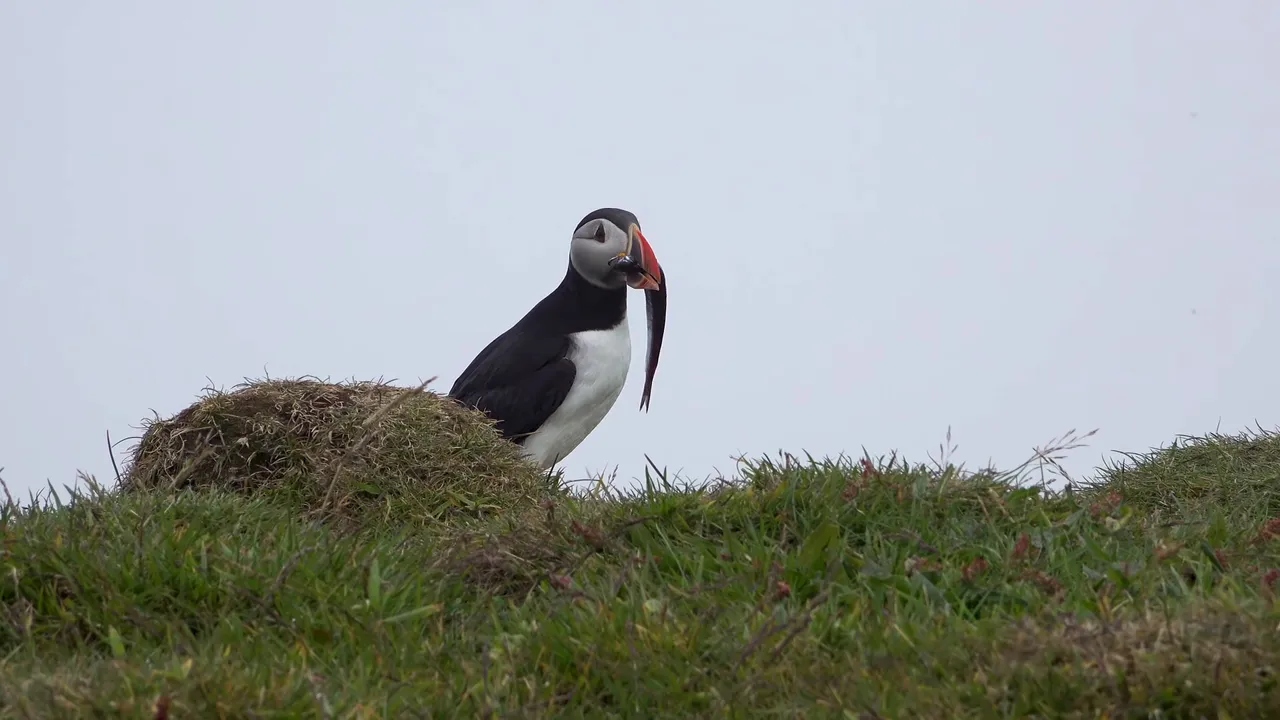
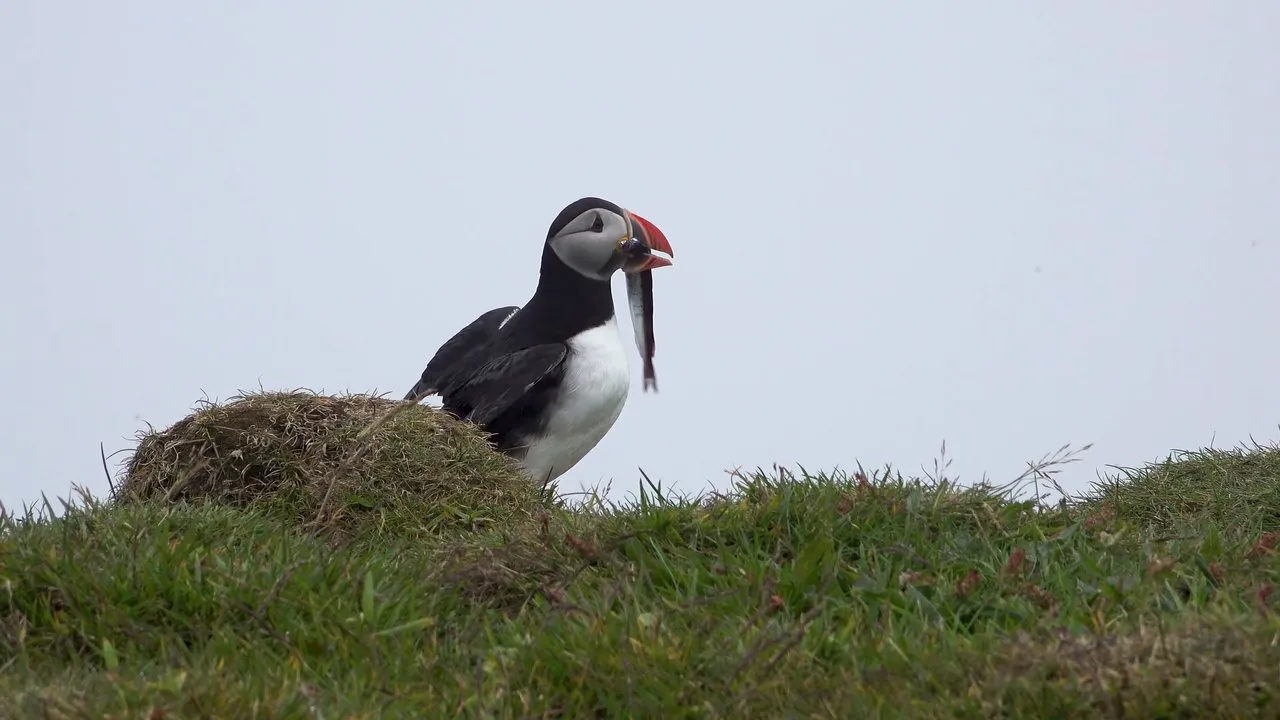
The main food of this funny bird is sea fish and crustaceans. Puffin builds nests very often near fishing grounds, but still away from people.
Główny pokarm tego zabawnego ptaka, to ryby morskie i skorupiaki. Maskonur zakłada gniazda bardzo często w pobliżu łowisk rybackich, ale jednak z dala od ludzi.
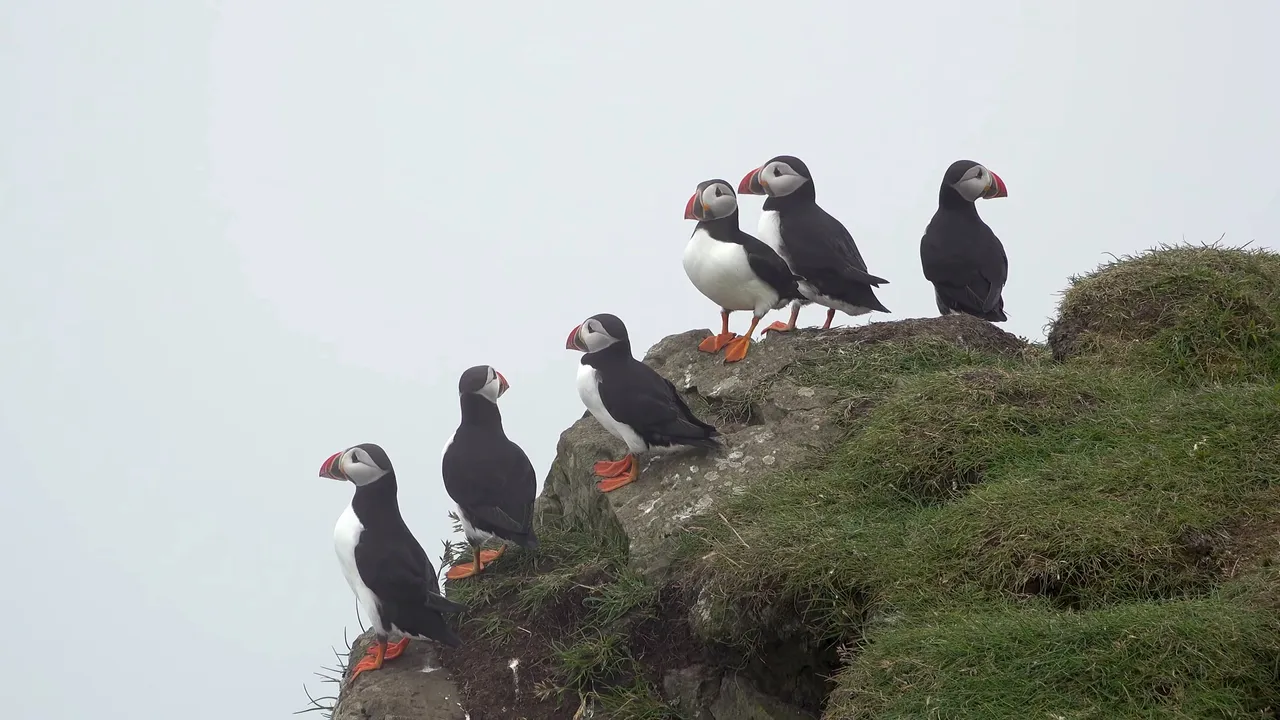
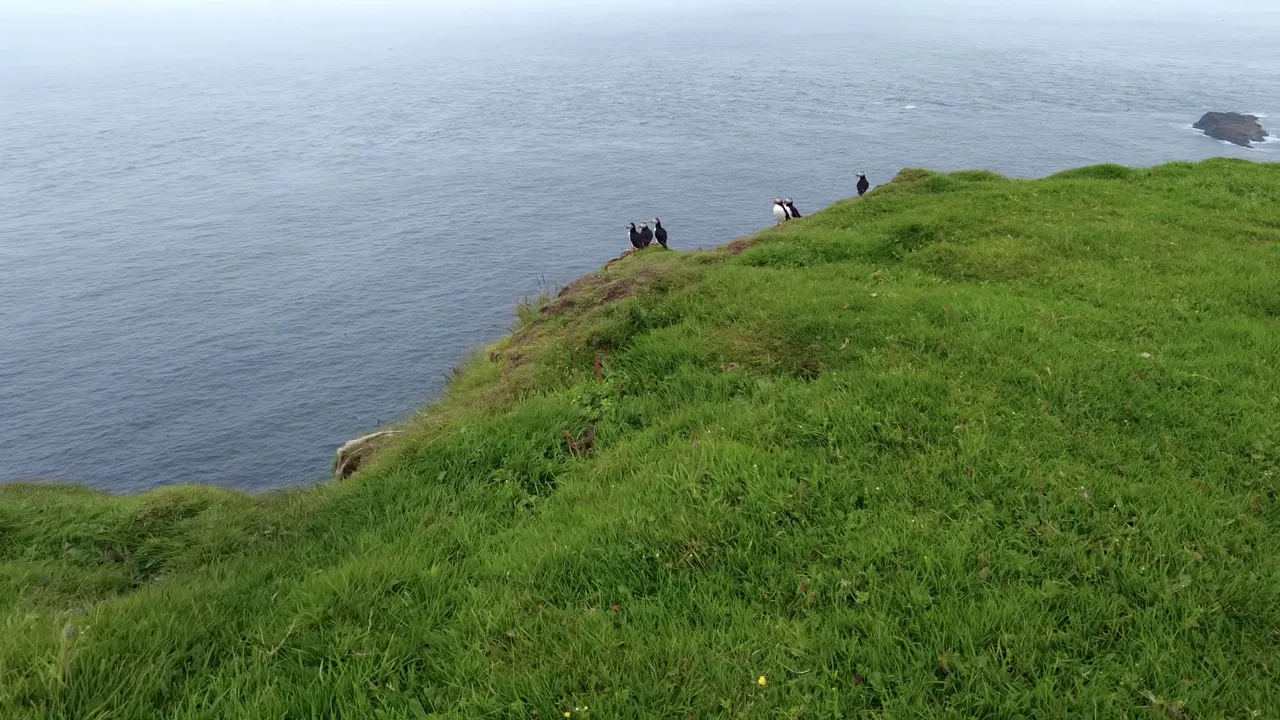
The bird travels very long distances in search of food and thanks to its great plumage it can cope with it. Feathers of this bird also work well in the ocean, they are dense and allow you to stay warm for a long time both in the water and during diving.
Ptak w poszukiwaniu pożywienia przemierza bardzo duże odległości i dzięki świetnemu upierzeniu daje sobie z tym radę. Pióra tego ptaka sprawdzają się również w oceanie, są gęste i pozwalają utrzymać ciepło bardzo długo zarówno na wodzie jak i podczas nurkowania.
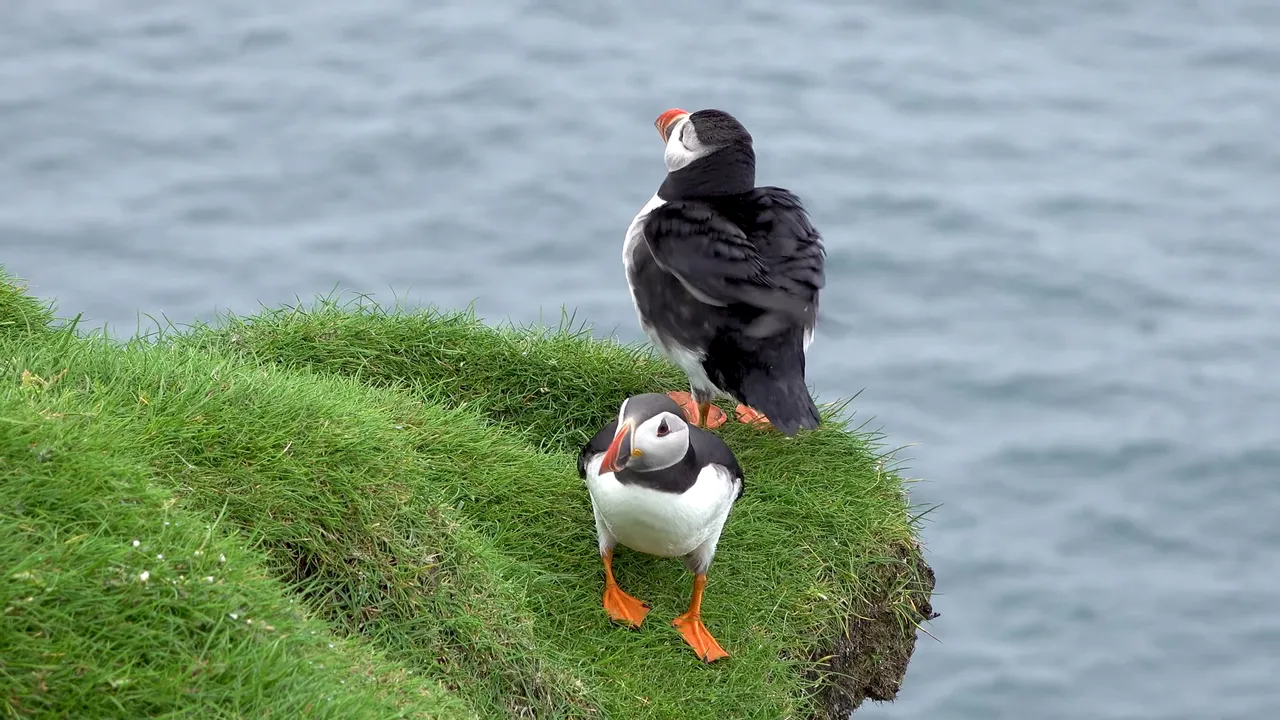
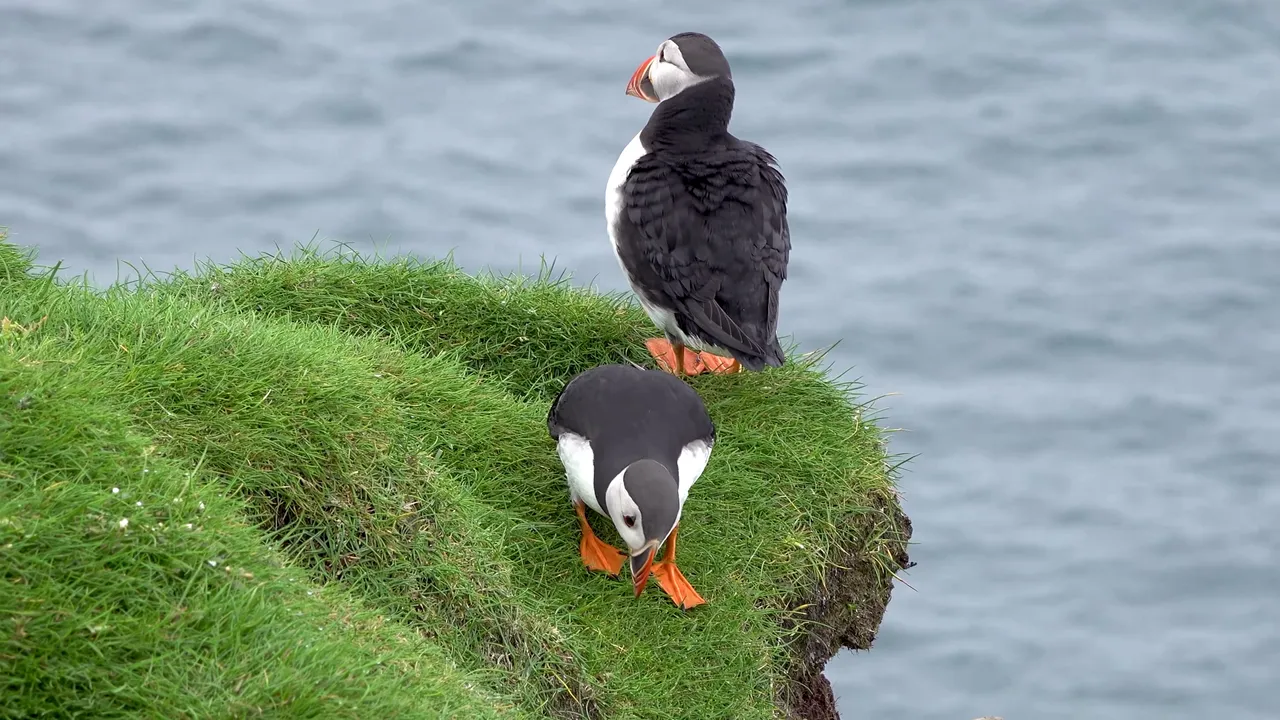
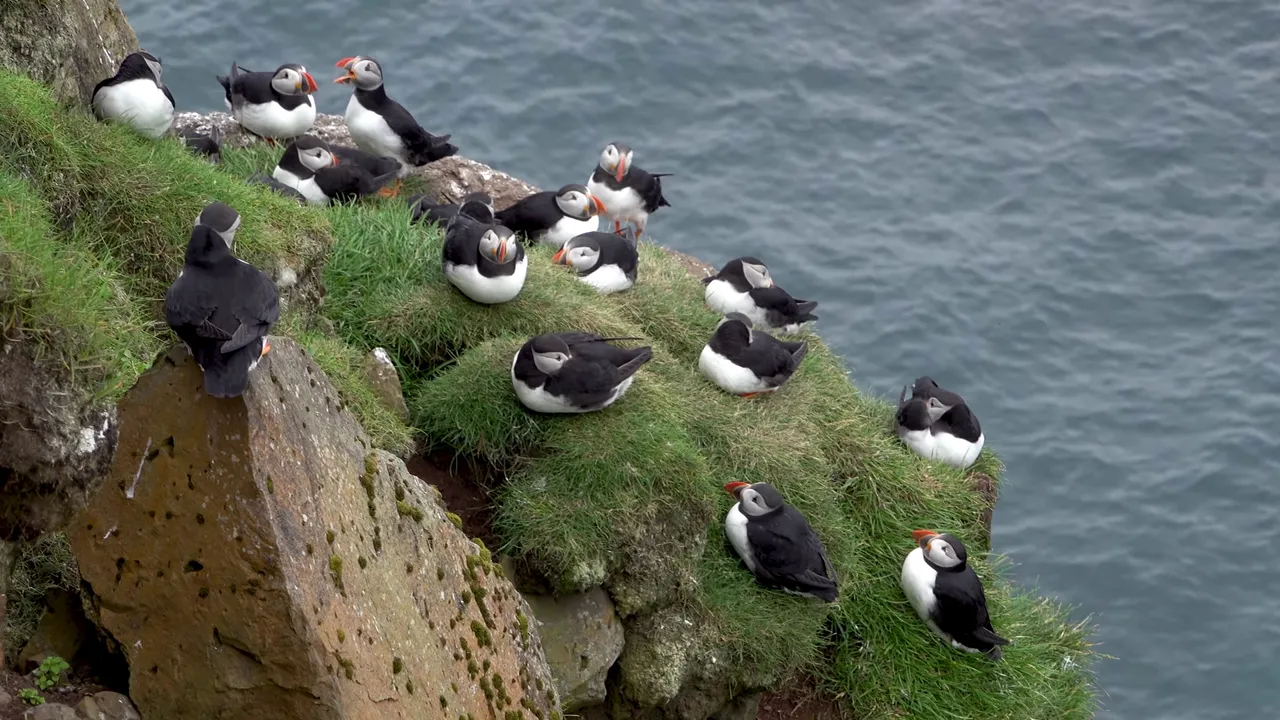
Enjoy 😉

